Among the wild food just waiting to be plucked from open fields, deep forests, lush riverbanks and country roadsides, wild grapes have got to be a favorite. If you’re a fan of the delicious fruit, you’re not alone. It turns out that humans have likely been gathering grapes for 15,000 years before we were cultivating them.
Where To Find Wild Grapes
Wild grapes are easily identifiable in late summer to early fall by their berry, which is similar in size to a blueberry, with the same amount of flesh, and is a dark purplish-black color. They grow everywhere in the United States, with over 60 species having been identified. They vary in terms of growing conditions. Some prefer dry, sandy soil, while others thrive in hot, humid conditions.
Wild grapes are perennial climbing or trailing vines. You’ll find them growing in the woods, along riverbanks, fencerows, and in landscaping. They’re also planted in orchards, vineyards, and tree plantations. You can sometimes find them in hardwood forests, growing along with the trees after logging, fire, or a windfall as they cannot reproduce in the shade.
Because they are a vining plant without a solid, upright trunk, they make their way along anything they can attach themselves to and can grow as high as 80 to 100 feet, totally enveloping bushes and trees.
How To Identify Wild Grapes
Prior to harvesting, you’ll be able to identify wild grapes by their leaves. They are green, heart-shaped at the based, and lobed. They have long, pointed tips and are serrated at the edges. The surface of their leaves is smooth.
Their flowers that bloom in early summer are tiny and white and grow in clusters. After they finish blooming, they’ll leave hard, green grapes behind.
As opposed to domesticated grapes that are self-fruiting, wild grape flowers require insect cross-pollination.
Differentiating Wild Grapes From Other Plants
As with any food you’re foraging for in the wild, you need to be careful with what you consume. It’s important to take the extra time and care to understand the difference between wild grapes, Canada moonseed (Menispermum canadense), and Virginia creeper or woodbine (Parthenocissu).
The berries of wild grapes, Canada moonseed, and Virginia creeper look very similar, so it’s important to know what to look for to differentiate the three, especially if your children will have easy access to these vines. The fruits of Canada moonseed and Virginia creeper are known to be toxic to humans. Here are some important details to look for when you’re differentiating wild grapes from Canada moonseed and Virginia creeper.
Canada Moonseed
- Leaves are similar to the wild grape, but the edges are not serrated.
- The leaf stem of the moonseed attaches to the underside of the leaf rather than the edge.
- Wild grapes have two to four seeds within each fruit, whereas the moonseed has one crescent-shaped seed.
- Moonseed vines will not grow to the large sizes that wild grapes will, and they don’t have tendrils.
Virginia Creeper
- Virginia creeper leaves are a five-leafed ivy, otherwise known as woodbine.
- The vines don’t start to look “shaggy” as they get older like wild grapes do.
- The fruit they produce are widely-spaced clusters in which the stems fork in equal divisions, rather than the large central-stem branching pattern of wild grapes.
- Virginia creeper fruit stems are typically bright pink, while wild grape stems are usually green or straw-colored.
Difference Between Wild And Domesticated Grapes
With wild and domesticated grapes sometimes growing in the same locations, how can you tell the difference? Well, outside of wild grapes being less sweet than a domesticated grape and having a thicker skin, there are several different characteristics. Wild grapes grow high, clinging to everything around them, wrapping their thin tendrils and narrow, curling branches around other trees for support.
Domestic grapes, on the other hand, are a smaller-growing vine that develops along long, flexible stems, needing supports, or growing more like a shrub. Domestic vines also require a cooler winter chill to produce healthy fruit the next season, whereas wild grapes require minimal chill.
The leaves of domestic vines are larger, course and duller, growing about 6-8 inches wide, and wild vine leaves are around 4 inches wide and are glossy in texture and appearance. You’ll also notice that the bark of a domestic grape vine sheds and exfoliates, while the bark of a wild grape vine is tight on the stem.
Uses For Wild Grapes
On top of being delicious, wild grapes are good for you and can be used in a variety of ways. Many varieties can be picked and eaten just as they are. They’re also great for juice, and they freeze well so you can make juice throughout the winter. Additionally, they can be made into things like jams, jellies, pies, and cakes.
Another great use for wild grapes are their leaves. The leaves themselves taste like citrus fruit and can be eaten raw in salads or cooked. One traditional and popular dish in the Mediterranean is dolma, which are grape leaves stuffed with rice, meat and spices. You can give this vegan variation a try as well.
Now that you know more about wild grapes, treat yourself and your friends and family to a fruit us humans have been enjoying for a millennium. The next time you’re out foraging for wild apples, plums, walnuts, blackberries, elderberries and black cherries, keep your eye out for those wild grapes as well.


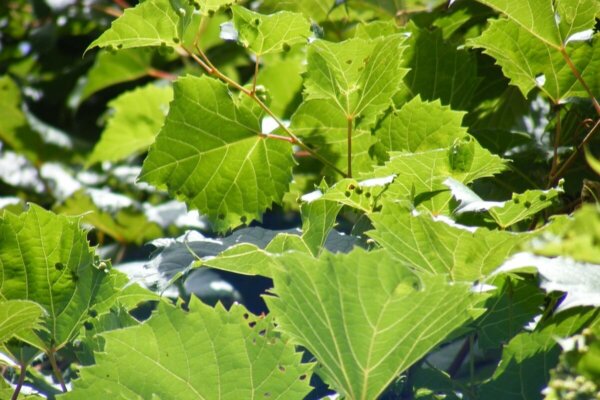
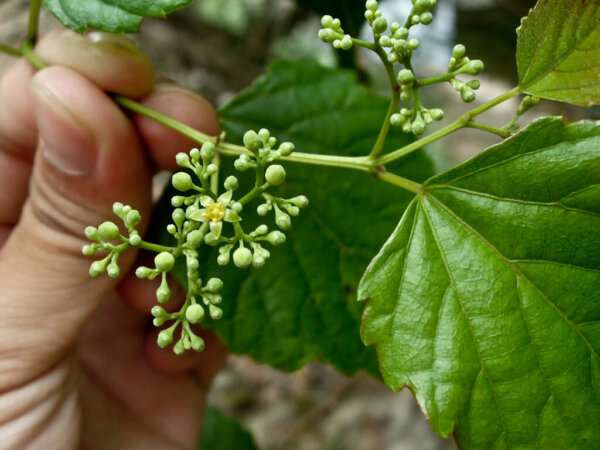
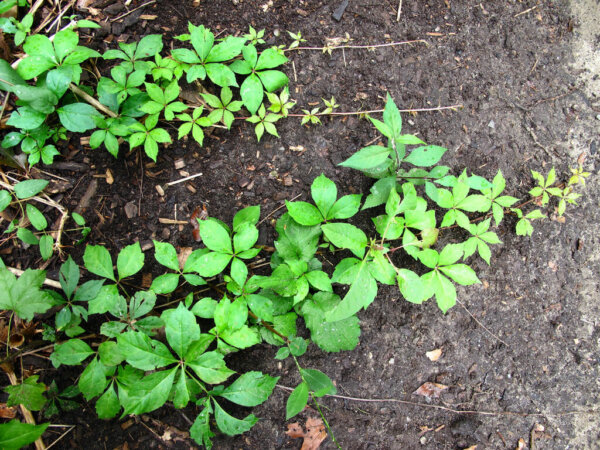
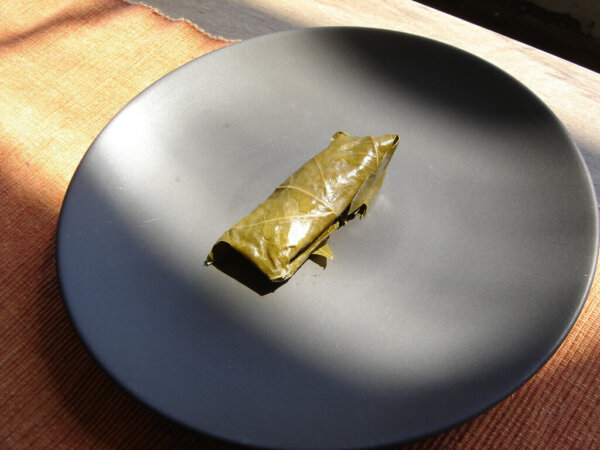



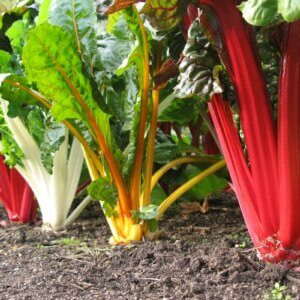

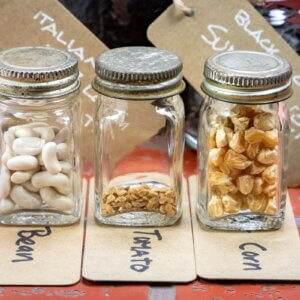


































I have tons of wild grape vines but in the 3 years I have owned them, they have not produced a single grape. The neighbors say they have never seen grapes on it either. Any thoughts on how to get them to produce? My small yard is very pollinator friendly and we usually have tons of pollinators so I am pretty sure that is not the issue.
I had the same problem with wild grapes for a few years. I also have one domestic grape that produces well. This year I finally see the little green berries on the old flower clusters of the wild grape, so it should produce. I’m on the Ontario-Quebec border.
Photo/Attachment:
I found these growing in my Chicago courtyard this morning. Last year there was no fruit. Wondering if it’s worth trying to do something with the fruit? I already plan to use the leaves.
Some muscadines and I believe other ‘wild’ North American grapes have male and female plants.
Only the female plants bear fruits in these species or cultivars. Males are necessary to fertilize the female grape vines.
This year there seem to be a lot more wild grapes and they actually have turned purple! I have noticed that there are also many plants etc that have flourished this year, I think that it may be because of the winter we had plus an abundance of rain!
Photo/Attachment:
I bought a house a couple of years ago in Indiana. There is a vine that covers the fencing that I think it looks like wild grape, but I don’t know much about this. So far I don’t see any fruit growing on it. Do you think this looks like wild grape?